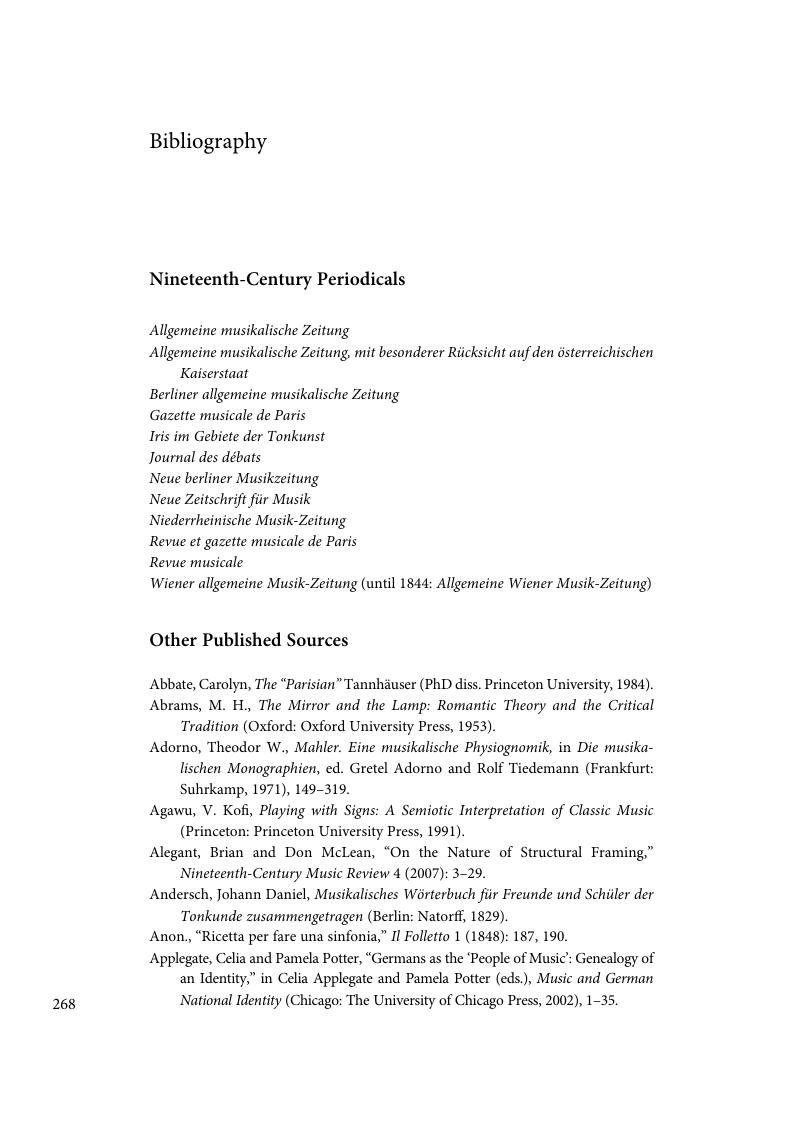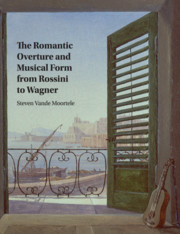Book contents
- The Romantic Overture and Musical Form from Rossini to Wagner
- The Romantic Overture and Musical Form from Rossini to Wagner
- Copyright page
- Contents
- Tables and Examples
- Acknowledgments
- Abbreviations
- Introduction
- I Making Overtures
- II Form as Formula
- III Potpourri Overtures
- IV Beginning Before the Beginning
- V Strong Subordinate Themes
- VI Open-Ended Expositions
- VII Recomposed Recapitulations
- Appendix: List of Works
- Bibliography
- Index
- References
Bibliography
Published online by Cambridge University Press: 19 May 2017
- The Romantic Overture and Musical Form from Rossini to Wagner
- The Romantic Overture and Musical Form from Rossini to Wagner
- Copyright page
- Contents
- Tables and Examples
- Acknowledgments
- Abbreviations
- Introduction
- I Making Overtures
- II Form as Formula
- III Potpourri Overtures
- IV Beginning Before the Beginning
- V Strong Subordinate Themes
- VI Open-Ended Expositions
- VII Recomposed Recapitulations
- Appendix: List of Works
- Bibliography
- Index
- References
Summary

- Type
- Chapter
- Information
- The Romantic Overture and Musical Form from Rossini to Wagner , pp. 268 - 279Publisher: Cambridge University PressPrint publication year: 2017

